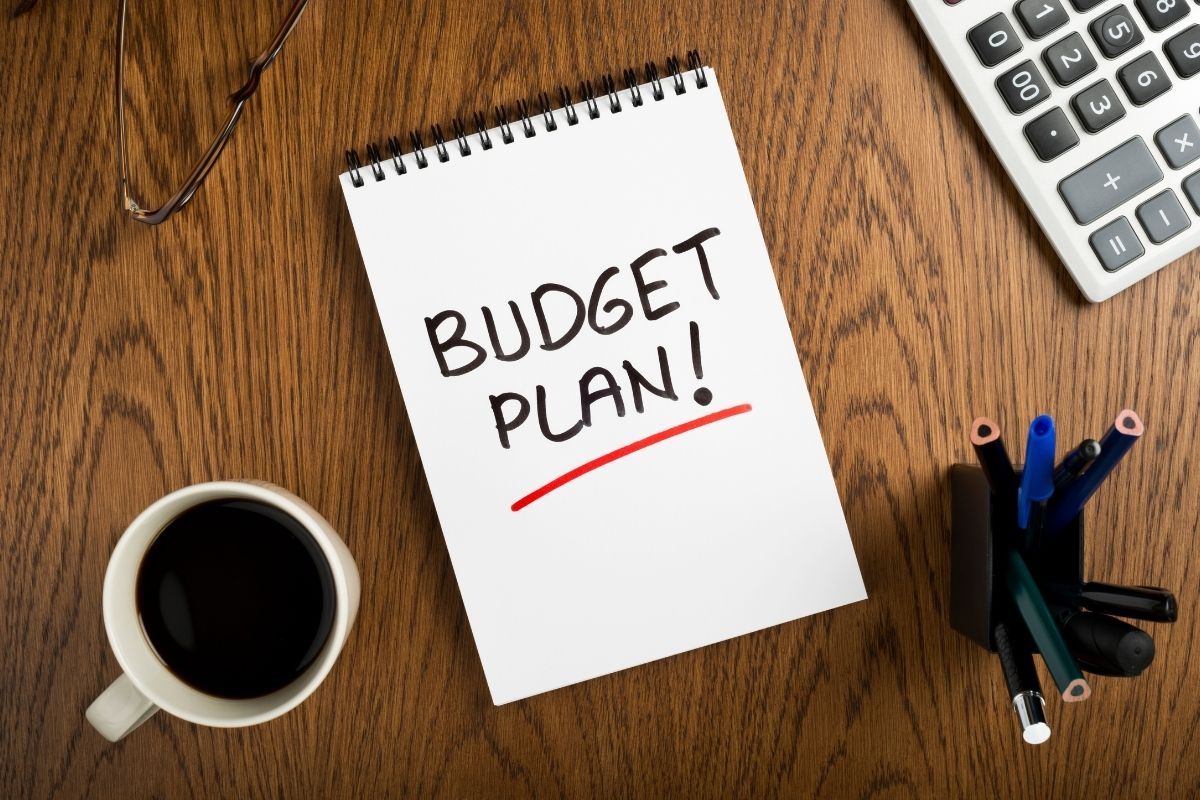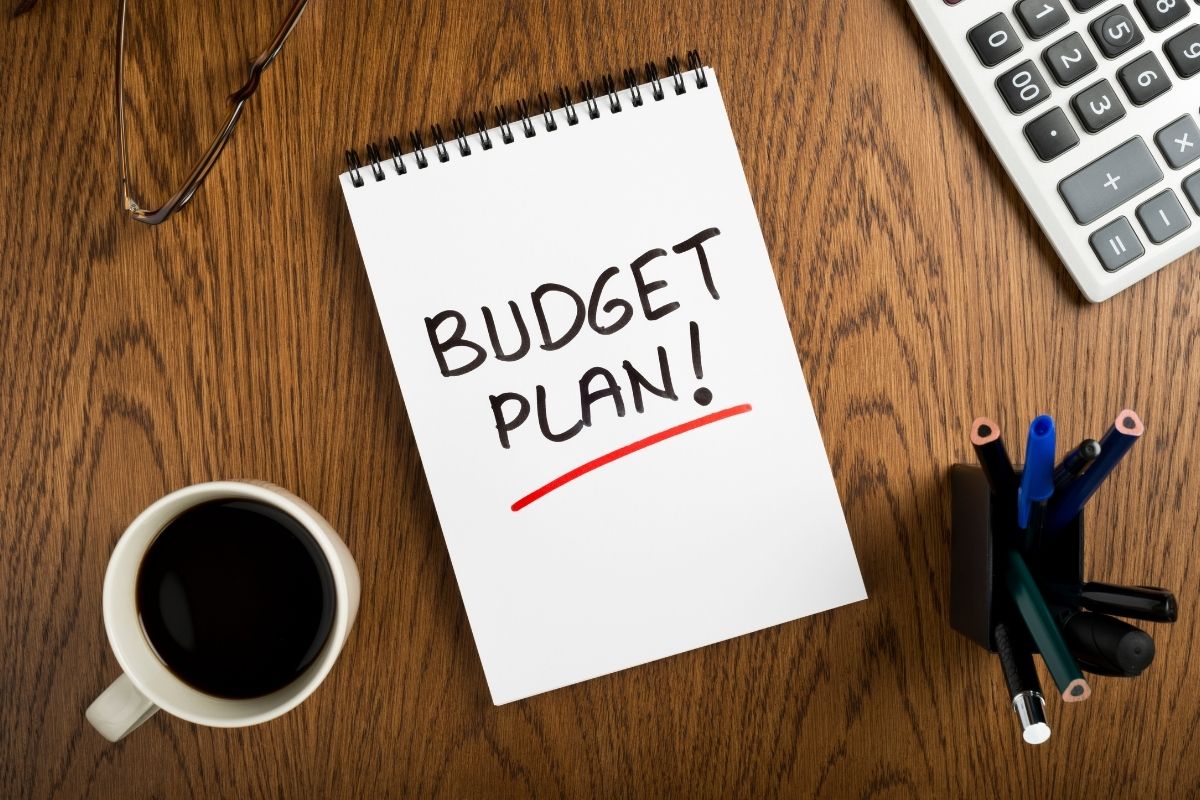To quote the iconic Swedish pop supergroup ABBA, “Money, money, money, must be funny, in a rich man’s world.” Whilst this may be the case, for most of us, money is no laughing matter.

As the cost of living continues to rise exponentially, many people are being caught out and are unable to continue living the lifestyles they have become accustomed to.
As the world becomes a more narcissistic place, people become more obsessed with being a ‘success’ through accruing material wealth.
For many, they are simply trying to survive in an ever-changing world that continues to face new challenges and adversity.
Many live month to month, or paycheck to paycheck, and this can cause all manner of stress, anxiety, worry, and fear in our minds.
So, how can we be better organized with our money?
How can we ensure we are not pushing ourselves further and further into the black hole of debt?
The key, like most aspects of our lives, is organization and planning. The more organized we are with our finances, the better we can budget, save, and feel confident that our future is bright.
This article will look at how to organize a monthly budget planner. Taking into account all aspects of one’s financial circumstances means considering a great deal of information, a lot of data.
Breaking this daunting data down into more manageable sections can help you see with clarity and ensure that your finances are managed practically and efficiently.
Why Make A Monthly Budget Planner?
Balance is key in all aspects of life, from your work-life balance to how much time you spend on your phone.
The time and energy you give to certain things in your life can have a profound impact on your overall well-being, as well as your emotional state and financial security.
Being as organized and detailed as possible with your financial planning is a skill everyone should develop for themselves.
A budget planner will allow you to work on your financial goals, calculating exactly how much you need to spend each month, and in turn, how much you can save.
Over time, you will also be able to see trends in your monthly spending habits, painting a clearer picture of exactly how your money is being spent.
Step-By-Step Guide To Making A Monthly Budget Planner

Step 1 – Digital Or Physical?
Making a budget planner requires the consideration of a lot of information, as you will be looking at your monthly income and monthly expenses as you seek to become the master of your personal finances.
Are you a computer whiz or a technophobe?
For those technophobes, there is nothing wrong with going old school and writing this plan out on paper, using lists and tables to systematically organize the data that you need to process.
For those that are confident in using modern technology, there are a variety of software and applications available that can be used to help create your budget.
Simply type up the information in a word processing app or make a budgeting spreadsheet in Microsoft Excel or Apple Numbers.
Alternatively, and personally, my favored approach, is to use one of the specifically designed budget applications to build your plan.
These apps provide a budget template, a clear structure, and categorization for all the information that you will need to include, which can be a great help and a time saver.
Step 2 – Data Collection
The next step is to ensure that you have everything you need to make the plan. This means all of your financial documents are related to both sources of income and your monthly expenses.
Let us consider what this list includes;
- All bank account statements, including any saving accounts
- Monthly utility bills – power, water, internet, phone, etc
- Credit card bills
- Any shopping receipts
- Any monthly subscriptions you may have
- Record of any monthly charitable donations
Step 3 – Income
Next, you want to note down your monthly income, which, if you’re salaried monthly, is as easy as looking at your most recent paycheck. Do you have alternative sources of income?
Perhaps a second job, Social Security payments, child support, or disability benefits. Always be sure to include these and add them to your paycheck to calculate your total monthly income.
Step 4 – Expenses
Now you know your total monthly income, it’s time to calculate your total monthly outgoings. This will allow you to see with clarity where your money is going each month. So what do you need to include?
- Mortgage payments or rent payment
- Utilities – How much are you spending on power, water, internet, and garbage disposal
- Transportation – Insurance, maintenance, and upkeep of any vehicles, including gas
- Debt Repayments – Are you paying off any outstanding debts each month?
- Insurance – Home insurance, health insurance, and any other personal insurance policies you may have to protect yourself or your belongings
- Food & Hydration – How much are your groceries? Always keep your receipts!
- Entertainment & Personal Interests – This may include socializing with friends, eating out, going to a show, or other activities that may require an expenditure
Step 5 – Prioritize
Many of your monthly expenses are non-negotiable and at a fixed rate, such as your mortgage or insurance payments.
However, many of them can vary month to month, or even week to week, such as groceries, gas prices, and how much you decide to spend on entertainment and personal interests.
Carefully consider how you might reduce some of these expenses by simply adopting a more frugal approach to life.
This could allow you to allocate more funds towards priority payments, existing debts, and also help you in your efforts to save extra money and build an emergency fund.
Step 6 – Income Minus Expenses
Now that you have carefully calculated both your total income and total expenses, you can see clearly how much (if any) of your money is leftover at the end of each month.
This will allow you to then strategize how best that money could work for you.
Look into high-interest savings accounts or seek some financial advice to see how you might be able to invest in stocks, bonds, or cryptocurrencies.
If your monthly expenses are more than your monthly income, then it’s essential to make some lifestyle adjustments immediately to stop you from sliding further into debt.
Making these adjustments will allow you to initially balance your income and expenditure, and then start to save each month.
Final Thoughts: Consistency Is Key
Ensure that you are disciplined with your approach and that you continue to keep a record of every expense. Sure, some expenses might seem small, a coffee here or a sandwich there, but these can add up over the month.
Also, consider any changes in your life that could leave you a little short, this could be unexpected car repairs, a medical bill, or some other spending you hadn’t planned on.
When these moments happen, continue to review and assess your budget, making any adjustments where necessary.
Financial Disclaimer
This post contains sponsored advertising content. This content is for informational purposes only and not intended to be investing advice.
The investing information provided on this page is for educational purposes only. compundingstacks.com does not offer advisory or brokerage services, nor does it recommend or advise investors to buy or sell particular stocks or securities.
The owner(s) of this blog is compensated to provide opinion on products, services, websites, and other topics. The owner(s) may be compensated if you click on a provided link and purchase or sign up for a service. Any product claim or advice about a product or service should be verified with the manufacturer, provider, or party in question. Copyright Compounding Stacks © 2022
- Is Coinbase Safe For Beginners? - March 25, 2022
- Are Penny Stocks Good For Beginners? - March 25, 2022
- Why You Shouldn’t Save Your Money In A Bank? - March 25, 2022

